Market Analysis
In-depth Analysis of Piezoelectric Ceramics Market Industry Landscape
The Piezoelectric Ceramics Market is characterized by dynamic and multifaceted market dynamics that shape its growth trajectory. One of the primary driving forces is the increasing demand for miniaturized and efficient electronic components across diverse industries. The pervasive use of piezoelectric ceramics in sensors, actuators, and transducers for consumer electronics, automotive applications, healthcare devices, and industrial automation fuels market expansion. As technological advancements continue to accelerate, the need for compact and high-performance components further intensifies, driving the growth of the piezoelectric ceramics market.
Market dynamics are significantly influenced by the expanding applications of piezoelectric materials in energy harvesting. With a global focus on renewable energy and sustainable solutions, piezoelectric ceramics play a pivotal role in converting mechanical vibrations into electrical energy. This application extends to self-powering systems and structural health monitoring, contributing to the market's growth as industries seek innovative ways to harness energy efficiently.
Global economic conditions and industrial trends also contribute to the market dynamics of piezoelectric ceramics. Economic stability, coupled with increased investment in research and development, positively influences market growth. Industries such as automotive, healthcare, and consumer electronics drive demand for piezoelectric ceramics as they seek advanced solutions for improved performance and efficiency. Additionally, industrialization rates and the overall economic health of different regions impact the market's trajectory, with robust industrial sectors driving higher adoption of piezoelectric technologies.
Technological advancements and innovations in manufacturing processes form a critical aspect of market dynamics. Companies that invest in enhancing production efficiency, exploring new materials, and improving manufacturing techniques gain a competitive edge. Improved manufacturing capabilities not only lead to cost reductions but also contribute to the development of advanced piezoelectric solutions, meeting the evolving demands of end-users across various industries.
The regulatory landscape and environmental considerations are pivotal market dynamics. As governments worldwide enforce stricter environmental standards, industries are compelled to adopt eco-friendly materials and processes. Piezoelectric ceramics align well with these regulatory trends due to their energy-efficient and environmentally friendly characteristics. Companies that proactively embrace sustainability initiatives are likely to gain a competitive advantage, as the market increasingly values environmentally conscious practices.
The geopolitical landscape and trade policies introduce an element of uncertainty to the market dynamics of piezoelectric ceramics. Tariffs, export-import regulations, and geopolitical tensions can impact the availability and pricing of raw materials, influencing production costs and market competitiveness. Companies operating in the global market must navigate these factors to ensure a stable supply chain and mitigate potential risks associated with geopolitical developments.
Consumer preferences and societal trends contribute to the evolution of the piezoelectric ceramics market dynamics. The rising adoption of smart devices, the Internet of Things (IoT), and the growing awareness of clean energy solutions among consumers drive demand for piezoelectric ceramics. Companies that align their product offerings with these trends are well-positioned to capitalize on market opportunities and meet the evolving needs of consumers.
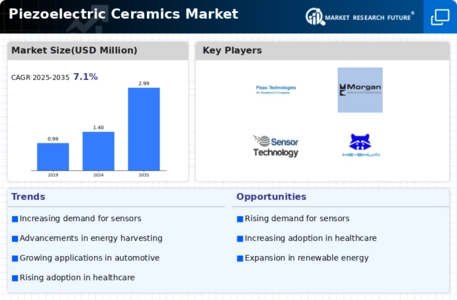
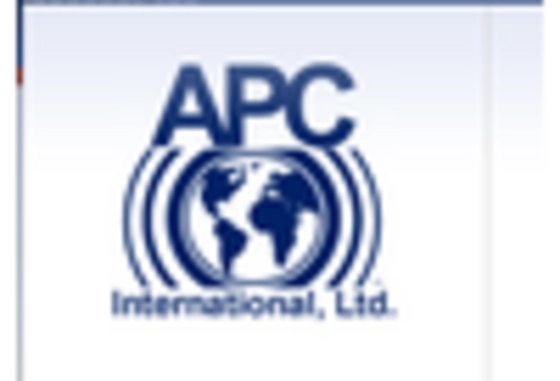
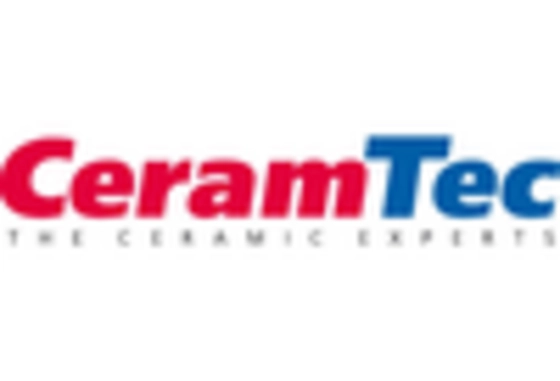
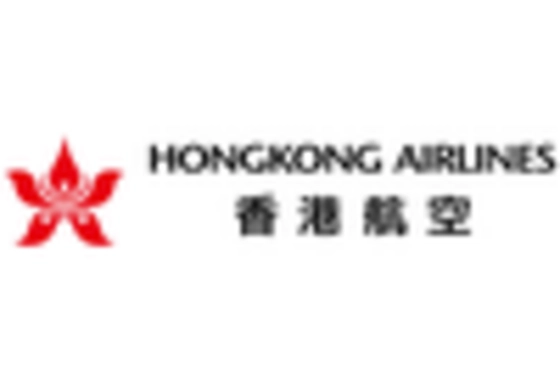
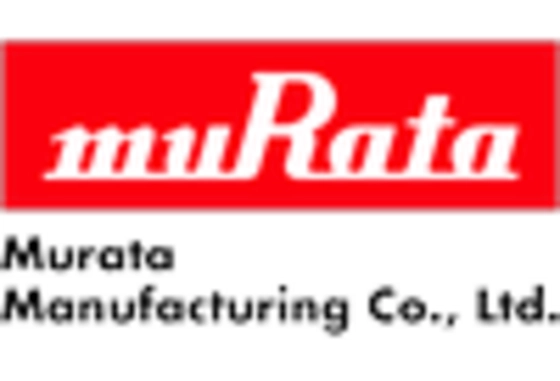
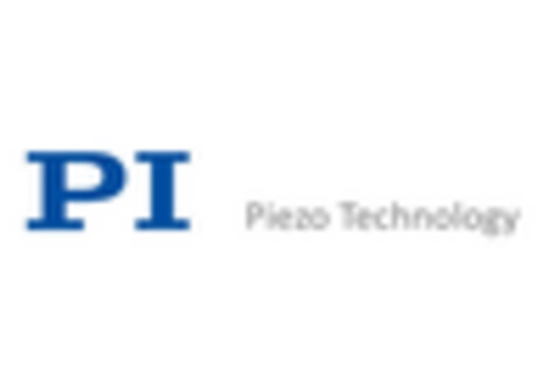
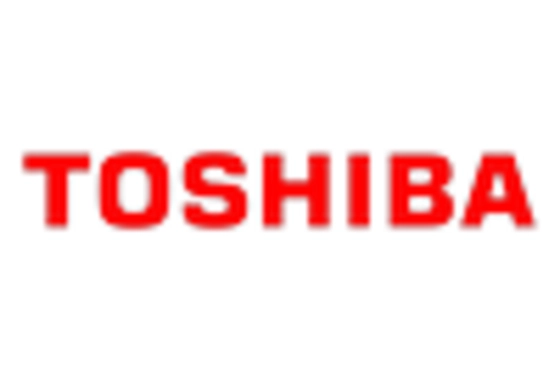









Leave a Comment